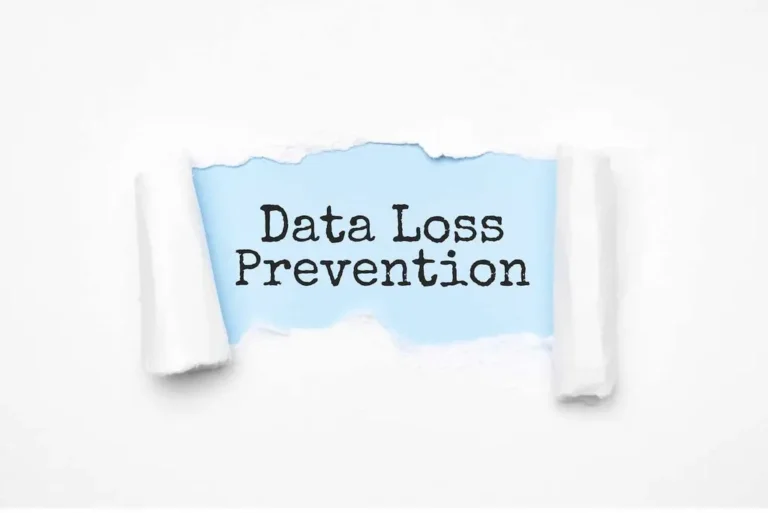What Is Jenkins? The Means It Works, Prime Features, Pros And Cons
One Other occasion during which one could use Jenkins is to automate workflows and tasks. If a developer is working on a number of environments, they will need to install or improve an item on every of them. If the installation or replace requires greater than a hundred steps to complete, it will be error-prone to do it manually. As An Alternative, you’ll find a way to write down all the steps needed to finish the activity in Jenkins. It will take much less time, and you can full the installation or replace with out difficulty.
Execs And Cons Of Jenkins

You would possibly want to change your Jenkinsfile to enable it to run with the project. For example, you can modify the shcommand to let it run the same command that might be run on a local machine. Once you’ve arrange the pipeline, Jenkins will be able to automatically detect new pull requests and branches created in your source management repository. Additional, it helps manual testing where essential with out switching environments. When code is hosted domestically, it does not all the time work properly when pushed to a central system on a private or public cloud. Continuous integration on Jenkins allows jenkins means for guide testing that compares code to the present state of a code base in a production-like setting.
Upgrade & Safe Your Future With Devops, Sre, Devsecops, Mlops!
Jenkins helps the entire improvement life cycle of software program from constructing, testing, documenting the software, deploying, and other stages of the software development life cycle. As builders commit their code to the Jenkins server, it will mechanically create a construct of that code and run it through testing. If the construct fails, Jenkins will notify developers of the errors to permit them to be mounted rapidly. If the construct is profitable and it passes all the automated tests, the code will be moved to a ‘release-ready’ environment and the deployment team might be notified. The process is designed to ensure the fast flow of reliable code from the dev team to the manufacturing environment, enabling Continuous Supply (CD).

Jenkins automation is usually triggered by code modifications Software Сonfiguration Management in repositories like GitHub, Bitbucket, and GitLab, and integrates with build tools like Maven and Gradle. A pipeline is a set of steps the Jenkins server will execute to complete the CI/CD process’s necessary duties. In the context of Jenkins, a pipeline refers to a set of jobs (or events) linked in a particular order.
- This setup gives groups control over pipeline logic and automation duties, accommodating customized workflows through code syntax.
- Access to the place it resides, similar to a VM or bare-metal server, is configured to permit for the fewest number of processes to speak with the server.
- DevOps professionals largely work with pipelines because pipelines can automate the processes like building, testing, and deploying the appliance.
- Plugins and scripting languages allow highly customised pipelines, becoming nicely into advanced techniques.
- Builders working on multiple environments can use Jenkins to automate installations or updates, which might in any other case be error-prone and time-consuming.
This tool suite is extensible and can be used to model continuous supply pipelines as codes, regardless of their complexity. You write the pipeline’s definition in a Jenkinsfile, which is a text file used within the project’s repository. Companies may use it to automate code build processes, pace up software program manufacturing, and even enable learning when working with new software program and applied sciences. This makes it a promising software for both new and experienced DevOps professionals. Before a change to the software can be launched, it should go through a collection of advanced processes.
Steady delivery pipeline in Jenkins consists of 4 states – Build, Deploy, Take A Look At, and Launch. Every of those states encompass events that execute in a sequence. In this part of the ‘what is Jenkins’ blog, we have a look at tips on how to do user management in Jenkins, assigning roles to customers, and establishing Master and Brokers in Jenkins.
CI primarily lets your staff use machines do what they do finest, so humans can do what brings more value to an organization. The three stages on this device’s pipeline are build, test and deploy. After the construct completes, Jenkins will automatically deploy your software to the desired Tomcat server. By defending your Java provide chain, SecureChain allows you to give consideration to innovation and build secure and dependable purposes. Jenkins Tutorial focuses on the distributed architecture of Jenkins and in addition explains how to create a construct in Jenkins.
Its multi-cloud functionality provides versatility, enabling constant deployment methods throughout various infrastructure environments. It allows organizations to manage assets effectively across on-premises and cloud environments. Jenkins, whereas not inherently a deployment tool, may be prolonged for deployment via plugins for container platforms like Docker and tools like Ansible or Terraform. Nevertheless, Jenkins lacks native support for superior deployment strategies, typically requiring further configuration and oversight. The initial CI process is for builders to add new code on a steady https://www.globalcloudteam.com/ foundation for improving the software project. This part is great for detecting defects and bugs before the new code is integrated into the prevailing codebase.

Jenkins is in style as a outcome of it provides nice flexibility and customisation through quite a few plugins, helps a wide range of instruments and applied sciences, and has a powerful, supportive group. Its open-source nature, in depth documentation, and ease of integration make it a useful tool for environment friendly Software Improvement. Jenkins is straightforward to set up and customise, providing many versatile options and Helpful Plugins in Jenkins. It instantly delivers code, generates deployment stories, highlights errors, and resolves issues in near real-time.
Jenkins is an open-source automation server that provides a straightforward method to arrange a steady integration and continuous delivery (CI/CD) pipeline. In this tutorial, we’ll dive deep into what Jenkins is, its core options, and why it’s so popular among developers and teams of all sizes. We will stroll by way of fundamental to advanced Jenkins ideas, complete with code examples where relevant. Whether you’re a solo developer or half of a bigger staff, Jenkins can significantly improve your workflow.
Jenkins has been extensively deployed because of its flexibility and lengthy historical past. It is well-understood, with a broad data base, in depth documentation, and plentiful community sources. Jenkins is free and open-source, with a vibrant group contributing to its development.



